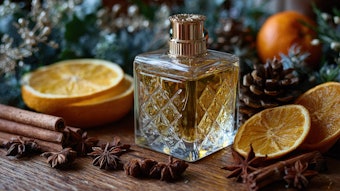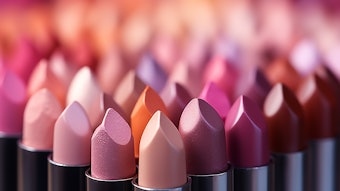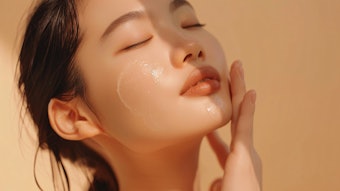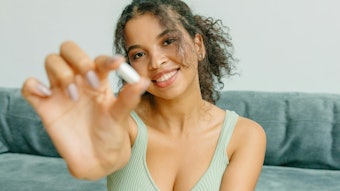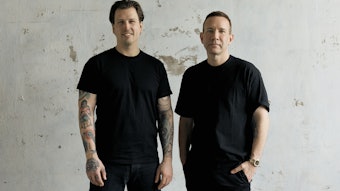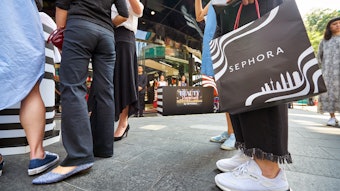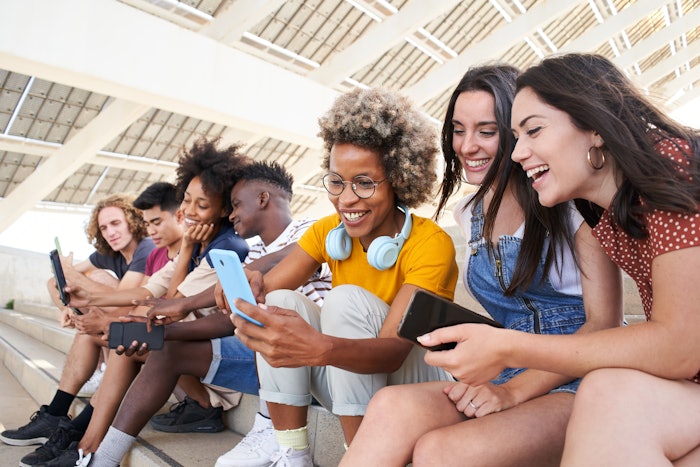
Beauty shopping habits are evolving at a rapid pace thanks to new technologies, emerging digital platforms, and the growing buying power of Gen Z. In this changing landscape, brands must adapt their marketing strategies to reach consumers on the channels that matter most—using messaging that truly resonates.
To help marketers better understand the modern beauty customer journey, Tinuiti surveyed beauty shoppers for its 2025 Beauty Marketing Study. This new report explores how these shifting technologies and rising digital platforms—combined with Gen Z’s increasing influence—are reshaping the beauty industry and what brands must do to remain competitive.
Tinuiti’s study explores how consumers discover, research, and purchase beauty products, revealing several key insights. When asked if they had ever used technology like filters to digitally preview how a beauty product would look before buying, 34% said yes. This percentage rises to 55% among Gen Z and jumps to 69% for Gen Z members who plan to purchase makeup in 2025.
According to the report, millennials and Gen X were the most likely to consider using a GLP-1 weight loss drug like Ozempic, with 27% of millennials and 26% of Gen X expressing interest. For Gen Z and baby boomers, about one in five respondents said they would consider using GLP-1 drugs for weight loss. Public opinion on these drugs is largely neutral, with 25% of respondents feeling mostly or very positive, while 26% felt mostly or very negative.
Tinuiti’s survey found that Gen Z and millennials are twice as likely as Gen X and baby boomers to say they plan to buy more beauty products in the coming year. Gen Z, in particular, is still growing its spending power and shows more openness to trying new products and brands compared to older generations. Additionally, 62% of Gen Z beauty shoppers discovered a beauty product on social media and purchased it in the past year, compared to just 19% of baby boomers. The second-largest generational gap was in product discovery through streaming video services, with 28% of Gen Z citing it as a channel compared to only 6% of boomers. Traditional television remains the only discovery platform where baby boomers outpace Gen Z.
Among respondents who discover beauty products on social media, Facebook ranked as the most frequently used platform at 26%, followed by YouTube at 24%, and TikTok at 17%. For Gen Z, TikTok is the clear leader in beauty product discovery, while Facebook ranks a distant fourth. Interestingly, YouTube is consistent across generations, with 21% of Gen Z and 24% of baby boomers naming it as their top platform for discovery.
Influencers have a much stronger impact on younger generations, with 90% of Gen Z beauty shoppers saying they purchased a beauty product in the past year based on an influencer’s recommendation. In contrast, only 41% of baby boomers reported the same. While Gen Z and millennials are similarly influenced by influencers, millennials were twice as likely as Gen Z to say they never purchased beauty products because of an influencer.
Lastly, the study found that consumers prioritize brands offering diverse options for different skin colors and hair types over marketing that simply features diverse models. This suggests that showcasing diversity in advertising is not enough; brands must also provide products tailored to meet the needs of diverse consumers.
